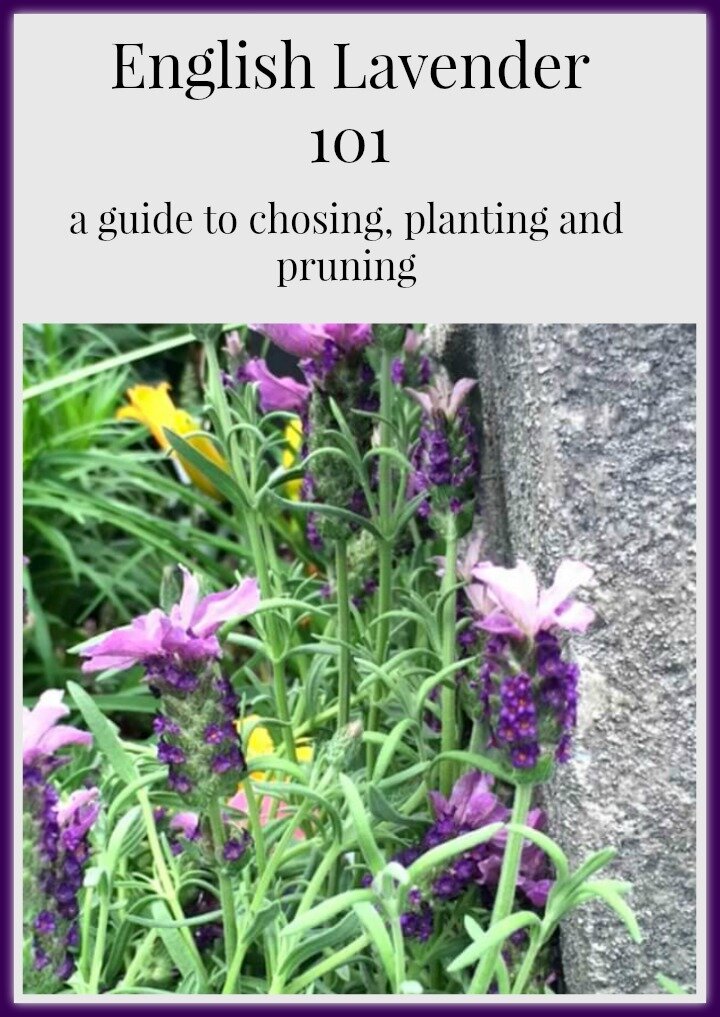English Lavender - choosing, growing, pruning - a 101 Guide
Breathe deeply...can you conjure up the scent?
Heady isn't it? You should have English Lavender in your garden.
Today I am going to tell you all you need to know about growing thriving English Lavender plants.
All lavenders are perennial mediterranean plants. As such, they like full sun, great drainage, good air circulation & once established, are drought tolerant.
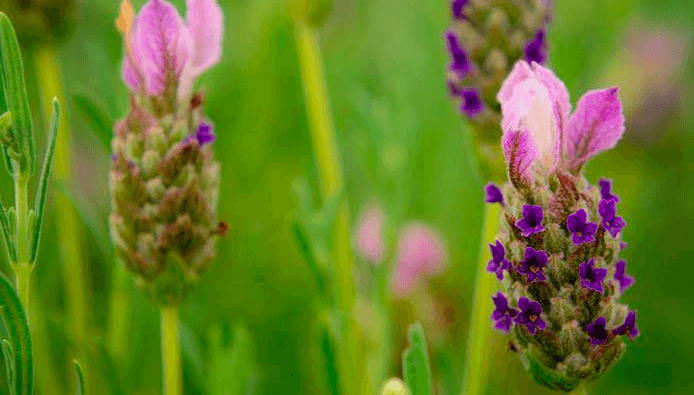
English Lavender was introduced to Britain by the Romans. It was used in the olden days mostly for its antiseptic properties. Today it is the most commonly planted lavender & the hardiest.
"Laver" is Latin for wash. The full Latin name for English Lavender is Lavandula Angustifolia. It is also sold as L. officials and/or L. vera.
Varieties of English Lavender:
Munstead - compact growth with green foliage and lavender/blue-ish flowers
Hidcote - compact growth with silver grey foliage and deep purple flowers
Imperial Gem - silver foliage with thicker purple flowers
Twickel Purple - grey/green foliage, long deep purple flowers & heavily fragrant
Mini Blue - very compact growth for containers or edging. Silvery green foliage with lots of purple/blue flowers.
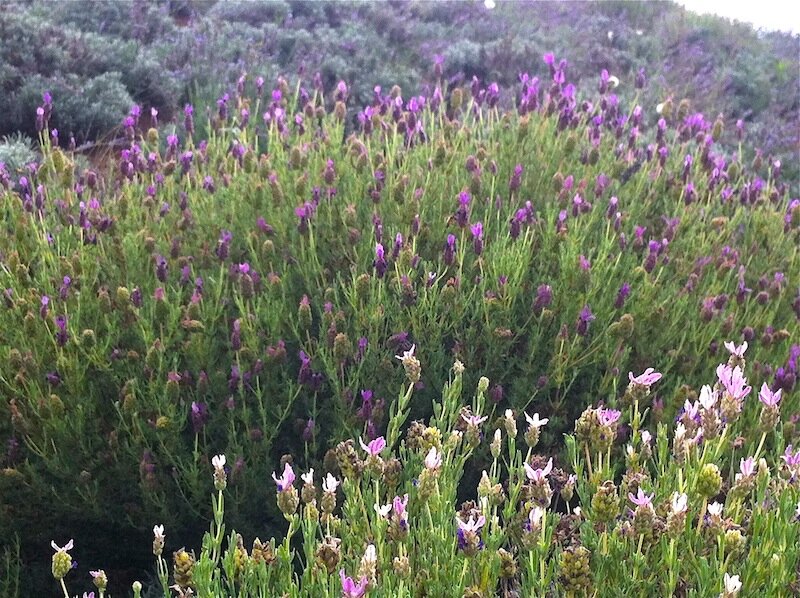
How to Grow a Thriving English Lavender Plant
Lavenders in general need 8 hours of full sun, great drainage & good air circulation.
So to make your lavender happy, plant it a very sunny location, make sure the soil dries out between watering & leave space between the plants. Lavenders like to bask and hate having "wet feet" & crowds!
Because drainage is so critical, planting lavenders in raised beds or in containers with lots of drainage holes is a great idea. Choose a large container as the root systems of these plants are much bigger than the plants themselves.
Can't hurt to add in a layer of loose gravel at the bottom of any container housing lavender to further increase drainage.
Lavenders in containers or the ground love being mulched with pea gravel or rocks as well. This keeps the crown of the plant dry the way they like it.
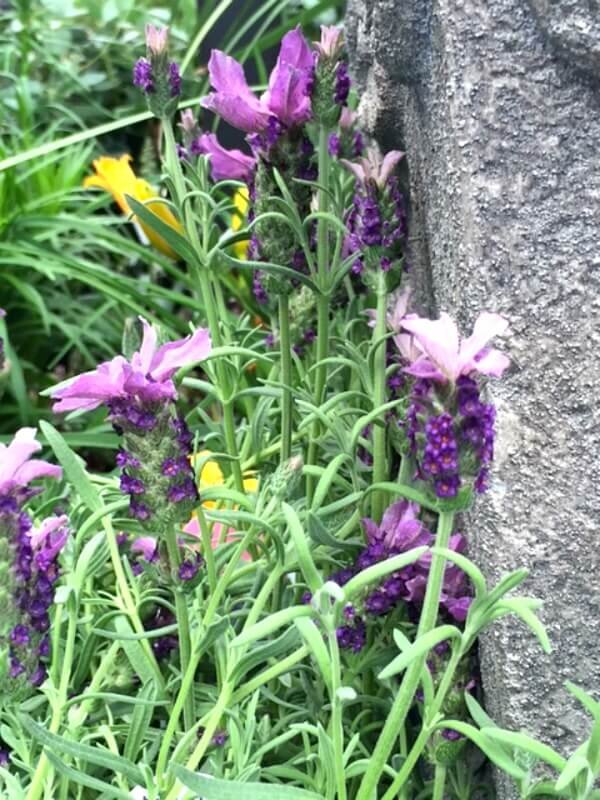
Best Soil & Watering for English Lavender
A "fluffy' aerated soil is preferred by English Lavender. Makes sense, right as they like it dry.
The best soil is a combination of peat, vermiculite & perlite.
Water your new plants regularly at first - 6 months to year. Make sure the soil drys out between waterings and that the drainage is top notch.
Water at the base of the plant avoiding wetting the foliage. So don't stand back & spray with a hose. Get close & pour to the base of the plant.
For in the ground lavenders drip systems are great. But if you have spraying sprinklers & the foliage gets wet just ensure the lavenders are planted in FULL sun so they dry up quickly.
English Lavender is hardy forgiving plant, so don't get too crazy about its needs.
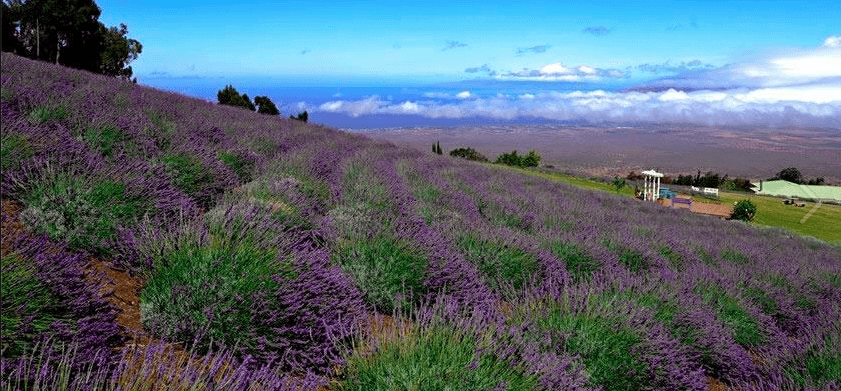
Pruning English Lavender
I always like to know the "why" of things. Why prune lavender it seems to look pretty good all the time?
The "why" of pruning lavender is to prevent it from getting too woody.
You see lavender is a semi-shrub. It appears to be a simply a perennial with its soft green/grey foliage, but once established it will get woody at the core. A little wood is ok, but too much and your plant won't survive.
The goal of pruning your lavender is to slow down the process of the soft green foliage turning to wood with age, and encourage new growth. ( too bad pruning doesn't work on people too! )
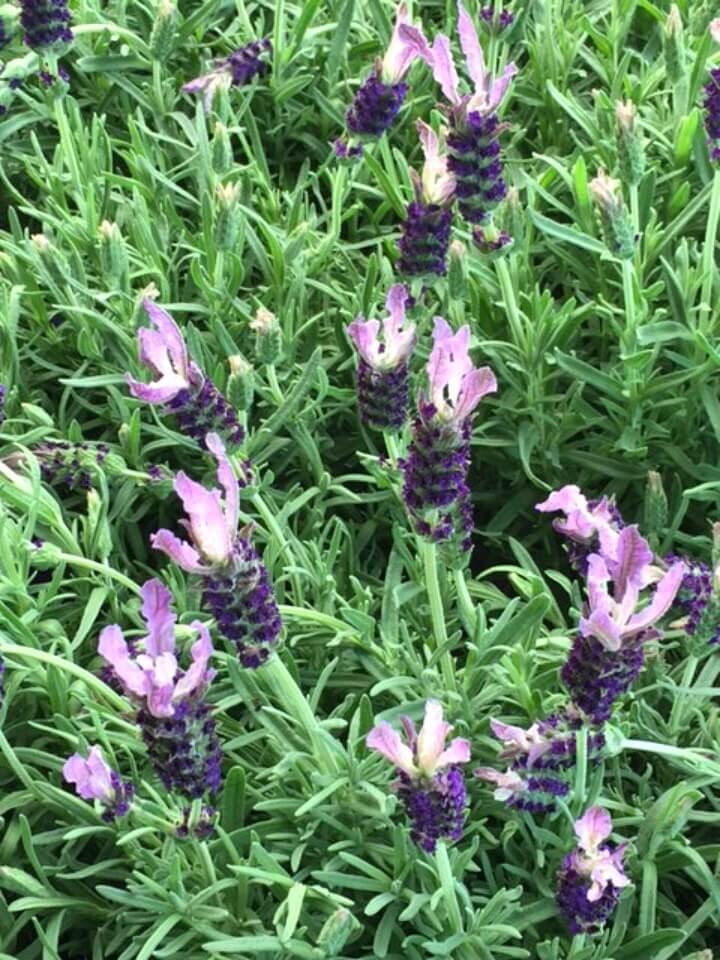
Start early with new lavender plants. Pinch off the tips after blooming to encourage new shoots and shape.
Once established, prune your lavender hard once a year. These are hardy, forgiving plants so timing is not extremely critical, but the best time is after flowering.
Since all lavender blooms on new growth stems, your window for pruning is after flowering thru mid spring without sacrificing this year's flowers. So get to it when you can.
Prune 2/3 of the plant. But don't go down to the old wood. A good rule of thumb is to prune down to the 3rd node above the wood.
Locate the 3rd node (the little bump on the stem from where leaves/flowers grow out of ) and cut above it. Again, lavender is forgiving, so you don't have to be this exacting. Just a general rule of thumb ~ green thumb!
Pruning back hard will promote new growth and prevent "sprawl".
"Sprawl" is when your lavender plant gets so big it flops open from the middle. Not attractive! Prevent sprawl by pruning 1x a year by 2/3.
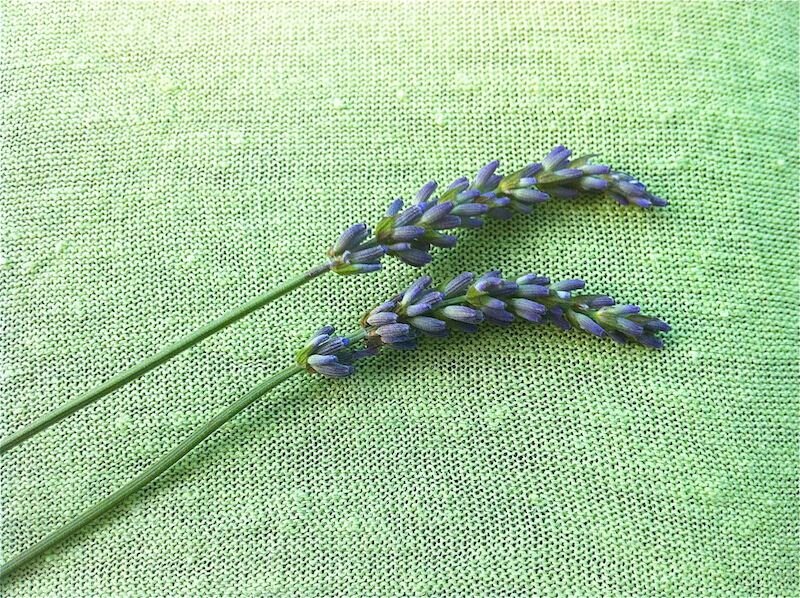
Picking & drying English Lavender
The bees will love your English Lavender plants as they have a very concentrated nectar.
You, of course, will love them too. You might want to pick them for fresh bouquets or for drying.
For fresh bouquets pick when the flowers are 1/2 open on a stem.
For drying pick when the flowers are 3/4 to all open on a stem.

I am adding lots of lavenders to my garden in the next few weeks. I can't wait to get started on the transformation of my garden from sad to sensational. Subscribe here to my posts so you keep up on all the design & plant information I will be sharing.
In the meantime, you can read how to create your own garden plan, amend your soil, how to plant a garden bed, and many posts on gardening by visiting the garden section of My Soulful Home.
Enjoy!
** Kelly **

